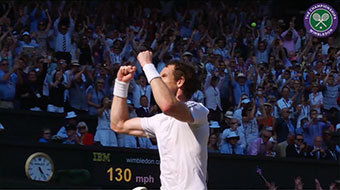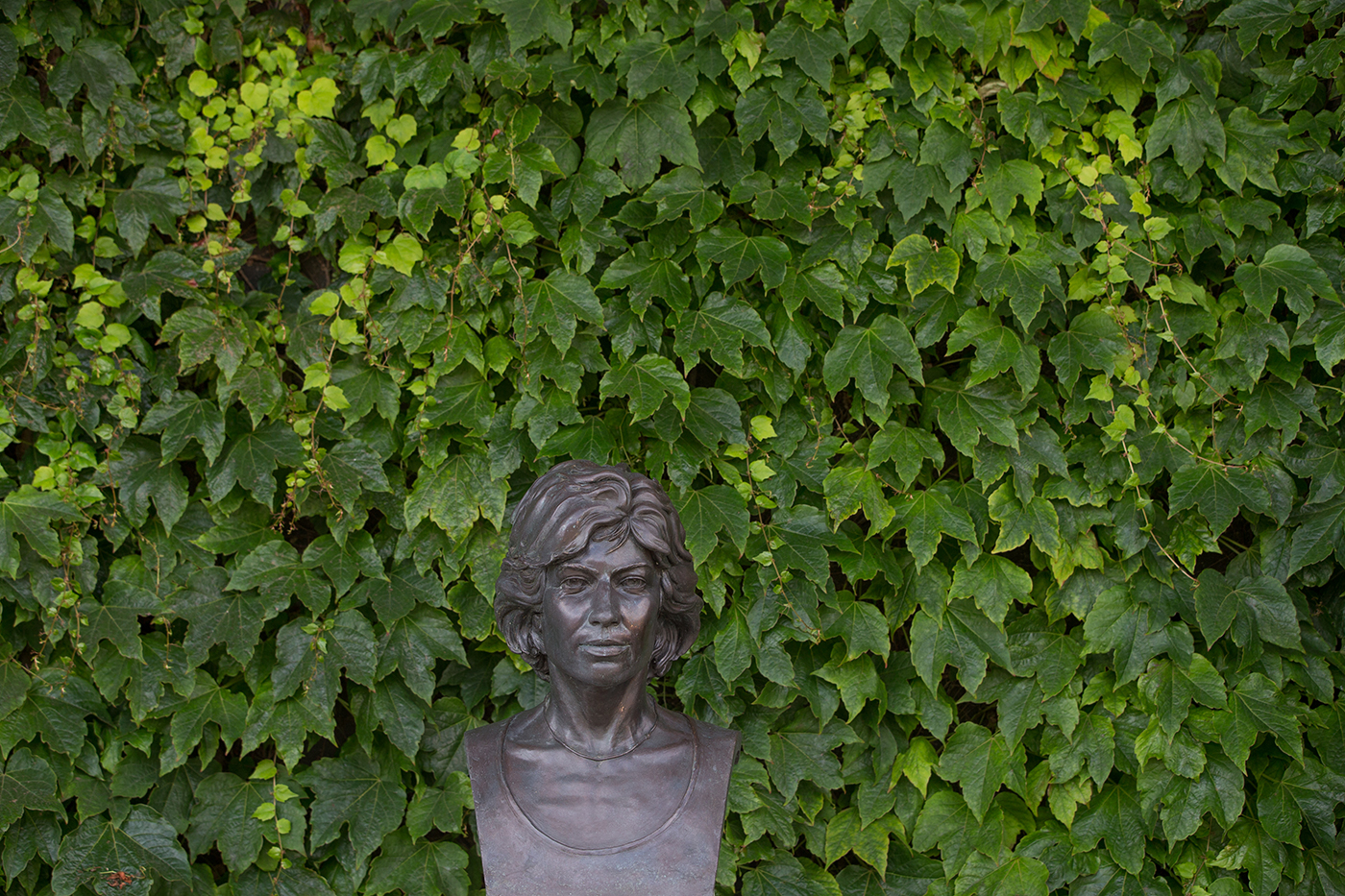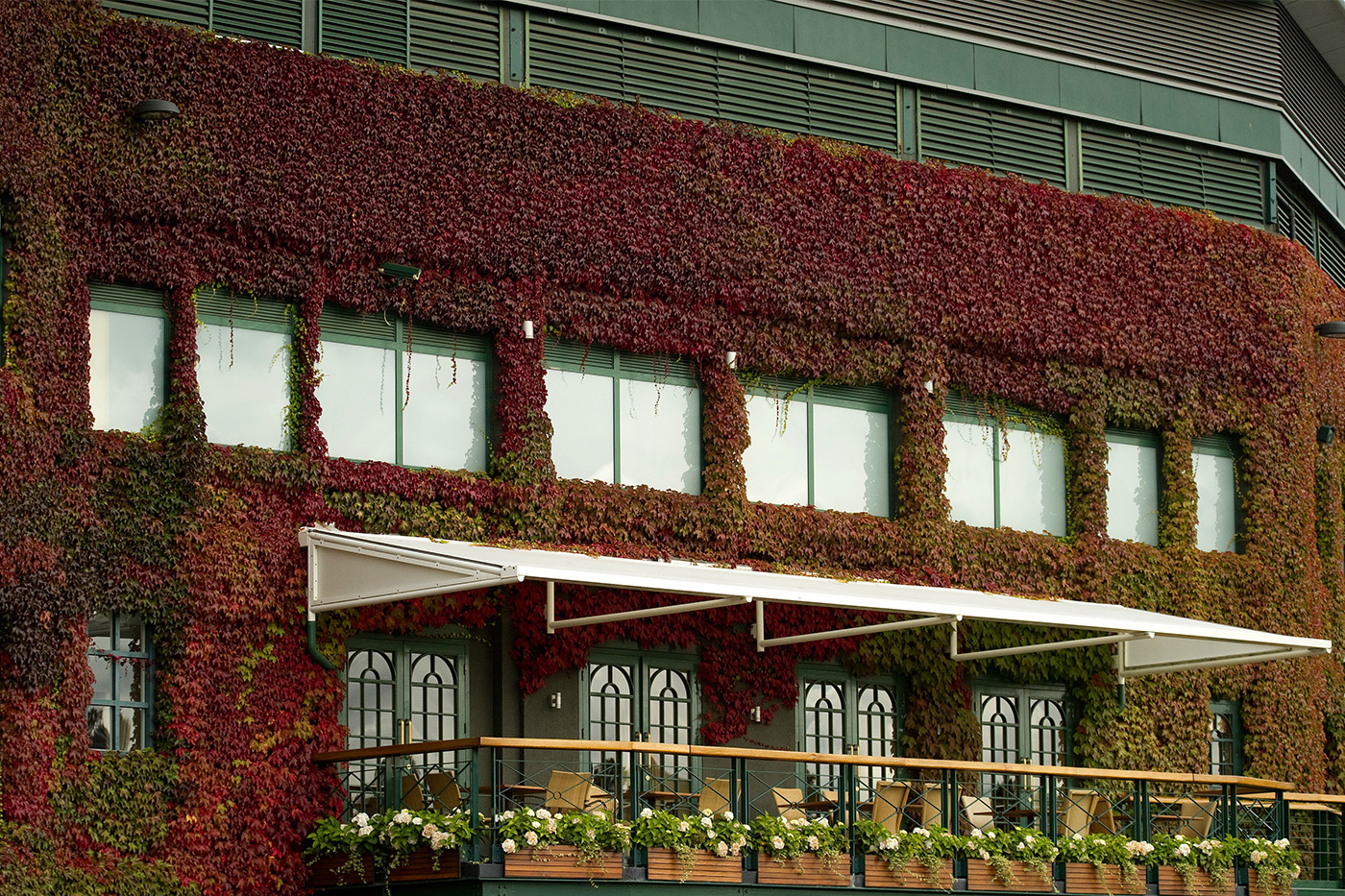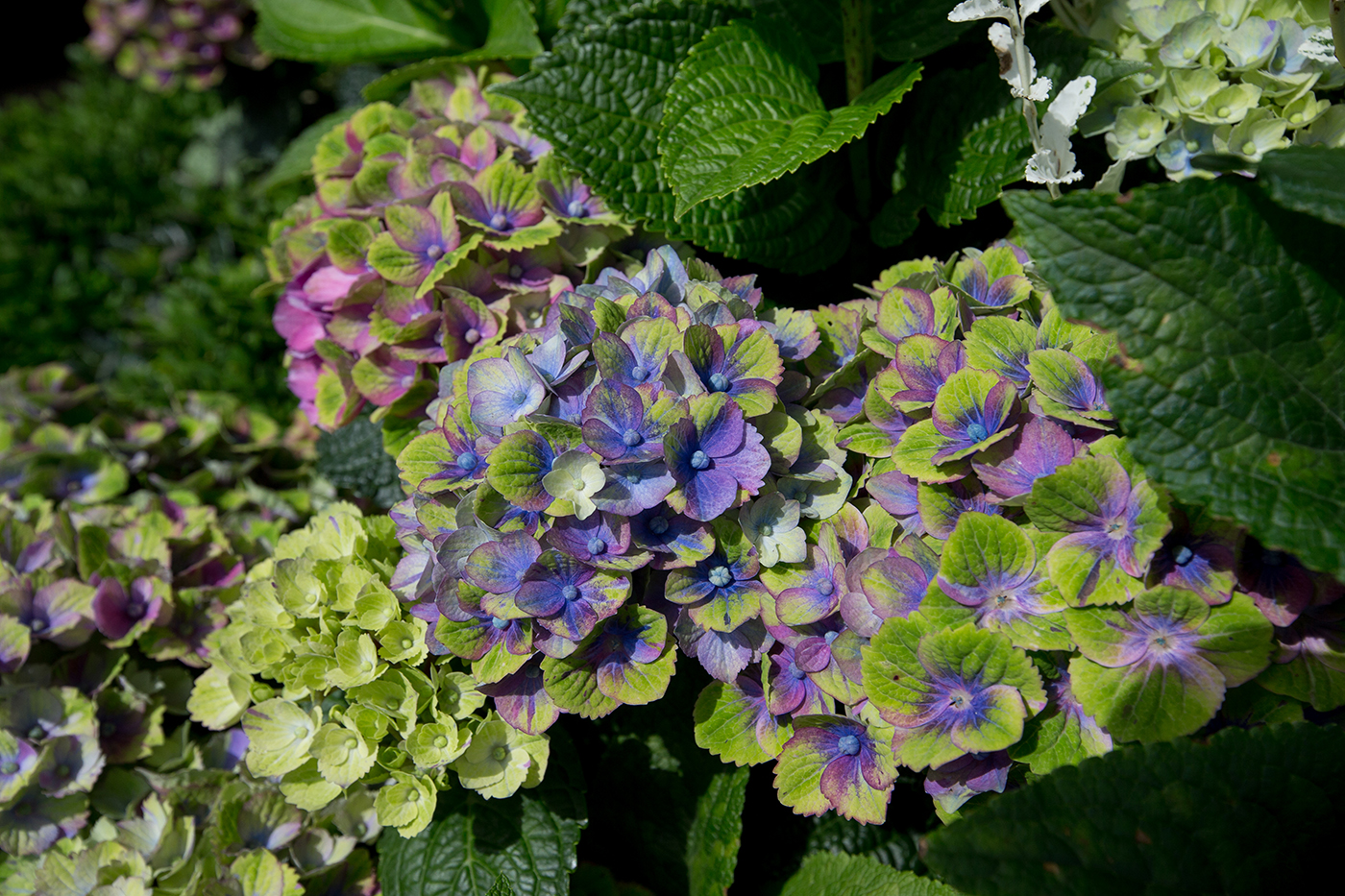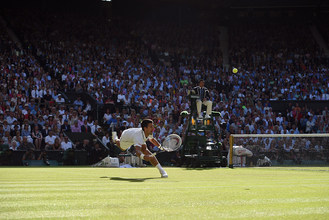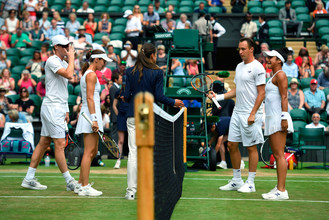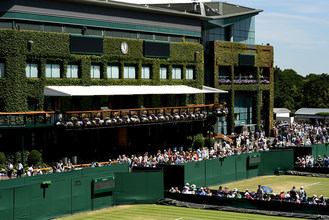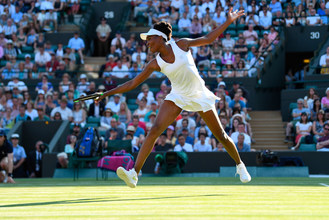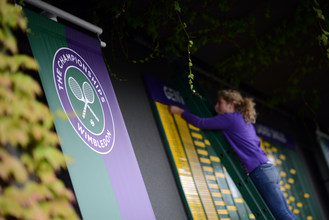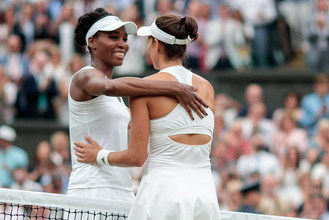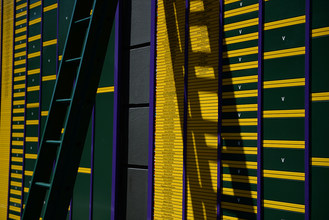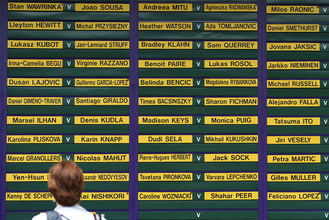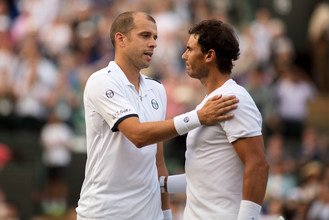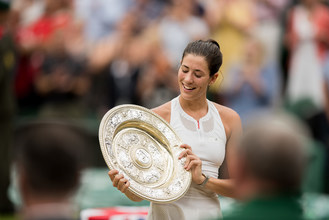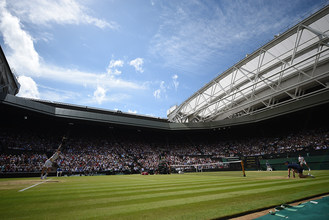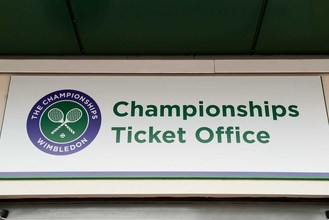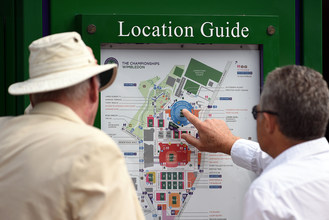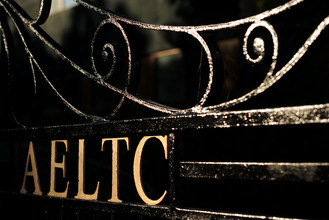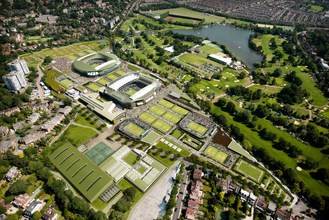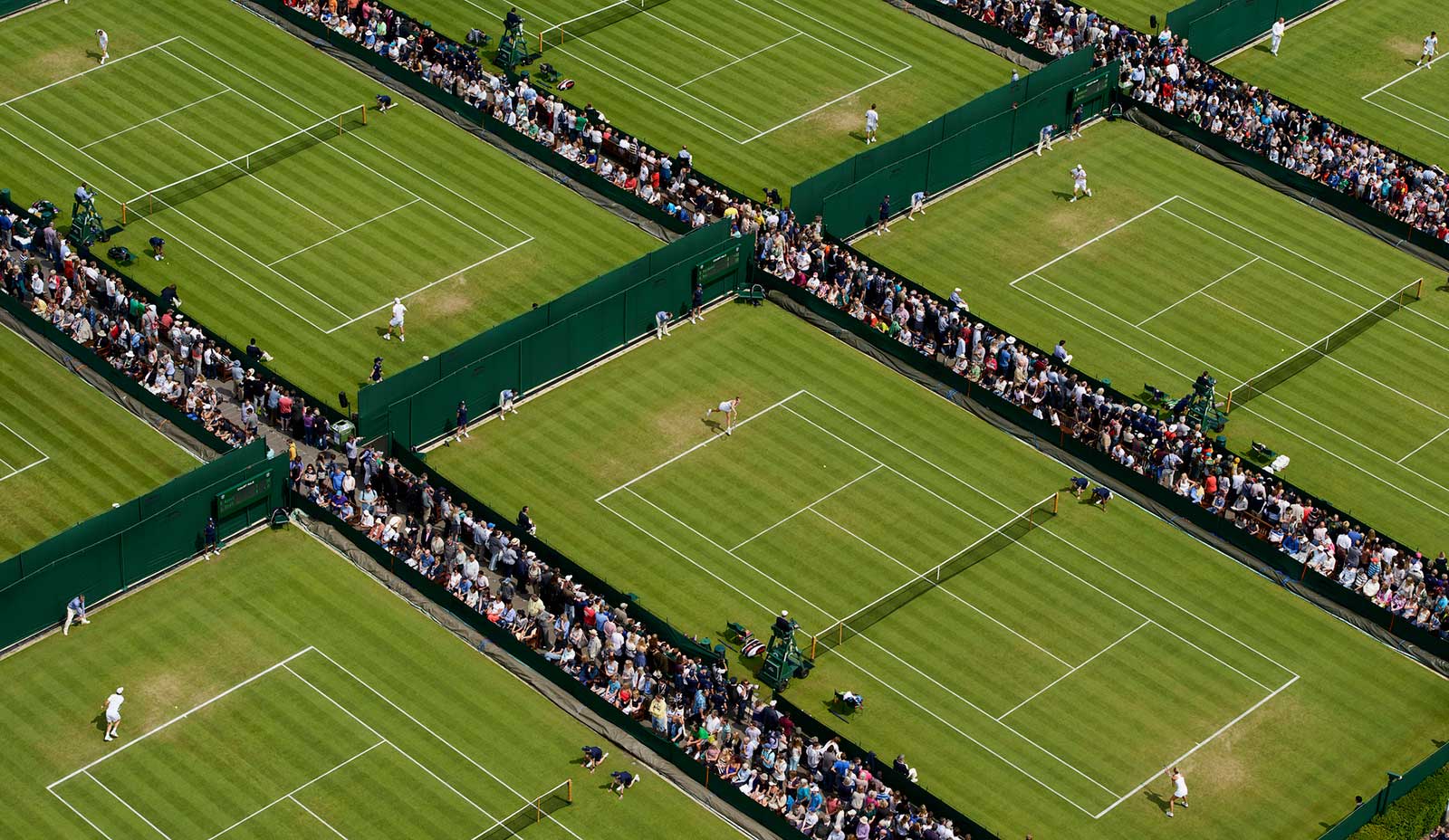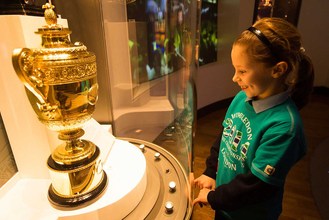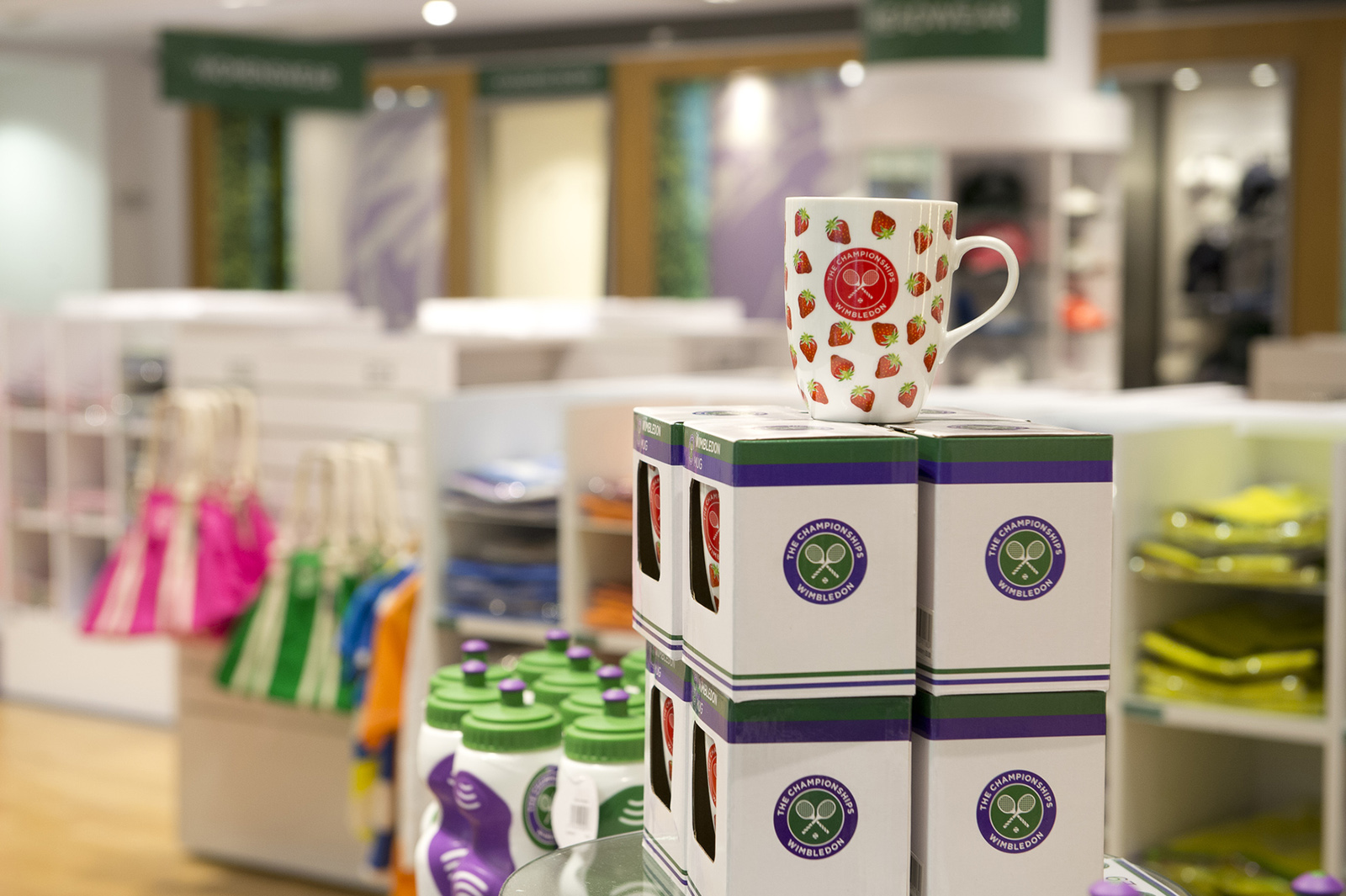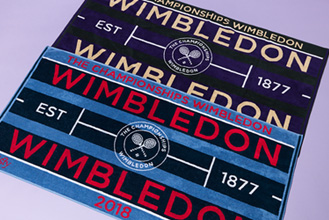Martyn Falconer, the AELTC head gardener, knows all about seeds, blossoming talent and rampant climbers. In this series, he nominates his Flower of the Day.
The creeper-clad walls of the All England Club’s Centre Court complex are the distinguishing visual feature of the grounds.
The comprehensive, deep-leaf cover swathes the iconic green paint of the masonry (Permaglaze Spruce Green, code 14C39) and symbolises every single one of the AELTC’s 130 years of tradition as a tournament venue.
Technically, Boston Ivy (or Parthenocissus Tricuspidaca Veitchii) is a flowering plant in the grape family and unrelated to true ivy.
Native to Japan, Korea and northern and eastern China, it is also known as Japanese creeper, grape ivy, Japanese ivy, and woodbine.
It’s the signature creeper, green turning a beautiful red and orange in the autumn
(It is very specifically not Virginia Creeper, though it provides good backdrop to the bust of 1977 ladies champion Virginia Wade which is displayed along the clubhouse facade.)
“It’s the signature creeper, green turning a beautiful red and orange in the autumn,” says Martyn.
“In the 2006-2008 redevelopment of Centre Court, we had to strip off the old vines and replant from scratch. We put in the most mature vines we could, on canes that reached up to the height of the balcony. It’s done well in seven years to cover the masonry, though it doesn’t do so well on the north side because it only gets the evening sun.”
Here’s a strange-but-true fact:
Q: What does Wimbledon’s Boston Ivy have in common with its grass courts?
A: Chalk. The creeper secretes calcium carbonate, or chalk, which acts as an adhesive pad that attaches to the wall, and the lines of the court are painted with a chalk-based substance.

